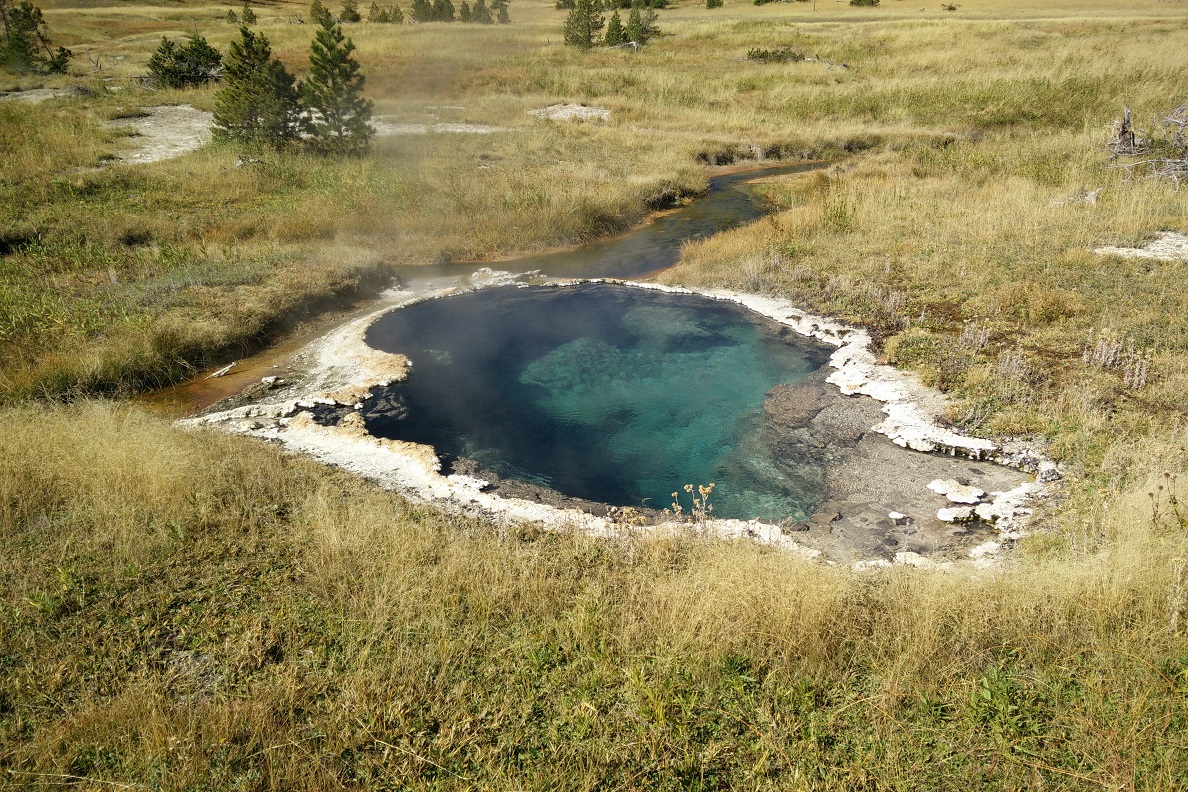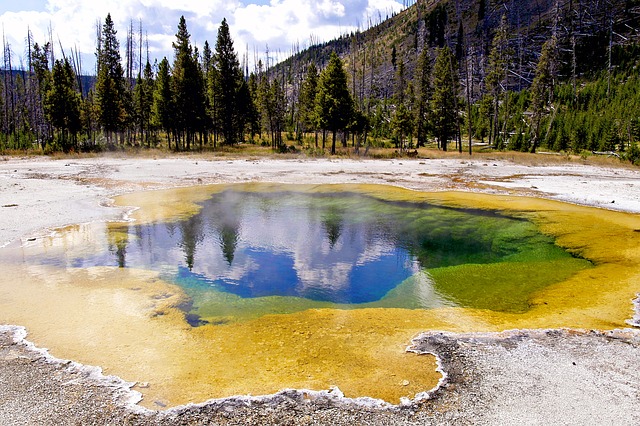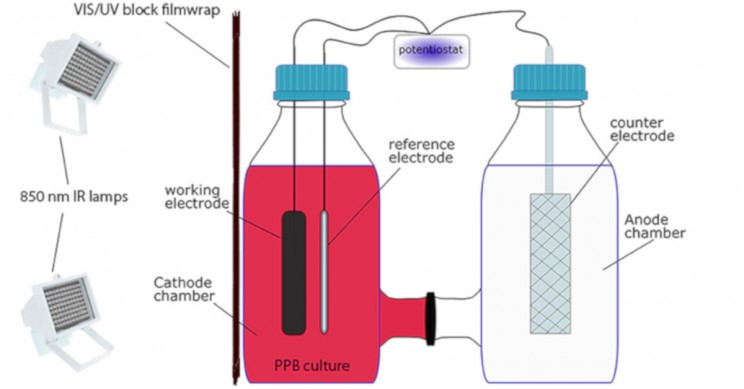
- Sustainable Planet -
- 4mins -
- 788 views
Scientists Capture Bacteria That Eats Pollution and Breathes Electricity
Incredible microorganisms discovered in Heart Lake Geyser Basin, Yellowstone National Park, convert pollution while generating electrical energy in the process.
Hardy microbes may hold the key to pollution and energy crises
A team of Scientists from Washington State University (WSU) have found a type of bacteria which ‘breathes’ electrical energy as they convert pollutants in the water around them. These types of microbes may hold the key to solving two of the biggest challenges facing humanity – environmental pollution and sustainable energy demand.

Heat-loving bacteria that ‘breathe’ electricity captured at source for the first time
Heart Lake Geyser Basin lies in Yellowstone National Park. The area is home to pools of hot water, ranging from about 110° to almost 200° Fahrenheit (43.3°C—93.3°C). These pools carry some very special bacteria able to eat pollution and “breathe” electricity.
Recently, Washington State University’s (WSU) Abdelrhman Mohamed and colleagues captured these microorganisms straight from their source to study them.
"This was the first time such bacteria were collected in situ in an extreme environment like an alkaline hot spring," said Mohamed. But Mohamed’s interest in the bacteria goes beyond academic curiosity.
These microbes may hold the key to solving the problems of pollution and energy demand that threaten us today.
After a seven mile hike through the scenic, isolated paths of the Heart Lake Geyser Basin area of Yellowstone National Park, the WSU team found four pools of hot water. They carefully inserted a few electrodes into the edge of the water, hoping to coax little-known creatures out of hiding — bacteria that can eat and breathe electricity.
After 32 days, the team returned to the hot springs to collect the submerged electrodes. Working under the supervision of Haluk Beyenal, Paul Hohenschuh Distinguished Professor in the Gene and Linda Voiland School of Chemical Engineering and Bioengineering, Mohamed and postdoctoral researcher Phuc Ha analysed the electrodes.
Result! They had succeeded in capturing their prey – heat-loving bacteria that “breathe” electricity through the solid carbon surface of the electrodes.
The WSU team, in collaboration with colleagues from Montana State University, published their research detailing the multiple bacterial communities they found in the Journal of Power Sources.
Source: WSU.edu

How bacteria may hold a key to solving some of the biggest challenges facing humanity
How can these microorganisms help solve the pollution crisis and ever-growing demand for renewable energy?
Such bacteria can “eat” pollution by converting toxic pollutants into less harmful substances and generating electricity in the process.
“As these bacteria pass their electrons into metals or other solid surfaces, they can produce a stream of electricity that can be used for low-power applications,” said Beyenal.
Most living organisms – including humans – use electrons, which are tiny negatively-charged particles, in a complex chain of chemical reactions to power their bodies. Every organism needs a source of electrons and a place to dump the electrons to live.
While we humans get our electrons from sugars in the food we eat and pass them into the oxygen we breathe through our lungs, several types of bacteria dump their electrons to outside metals or minerals, using protruding hair-like wires.
To collect bacteria in such an extreme environment over 32 days, Mohamed invented a cheap portable potentiostat, an electronic device that could control the electrodes submerged in the hot springs for long periods of time.
“The natural conditions found in geothermal features such as hot springs are difficult to replicate in laboratory settings,” said Beyenal. “So, we developed a new strategy to enrich heat-loving bacteria in their natural environment.”
The work was funded by grants from the National Science Foundation and the W.M. Keck Foundation.
Source: WSU.edu

In other bacteria news: Colourful Bacteria Combines Sewage and Light to Make Clean Energy
A purple bacteria transforms organic waste into helpful hydrogen gas that could be used for fuel.
What you just flushed down the toilet could be more useful than you ever thought, reports Interesting Engineering.
Researchers have found that a type of purple bacteria can break down the organic compounds found in sewage and potentially turn it into energy.
The study of organic compounds in wastewater is nothing new. Engineers have spent decades trying to figure out how to extract the beneficial elements from the sewage. However, an efficient extraction method is yet to be discovered, and treatment plants discard them as contaminants.
But using just slight electric current, this purple phototrophic bacteria could be key in breaking down the waste.
"One of the most important problems of current wastewater treatment plants is high carbon emissions," said co-author Daniel Puyol of King Juan Carlos University, Spain. "Our light-based biorefinery process could provide a means to harvest green energy from wastewater, with zero carbon footprint."
Click for more on this breakthrough
Source: InterestingEngineering.com
